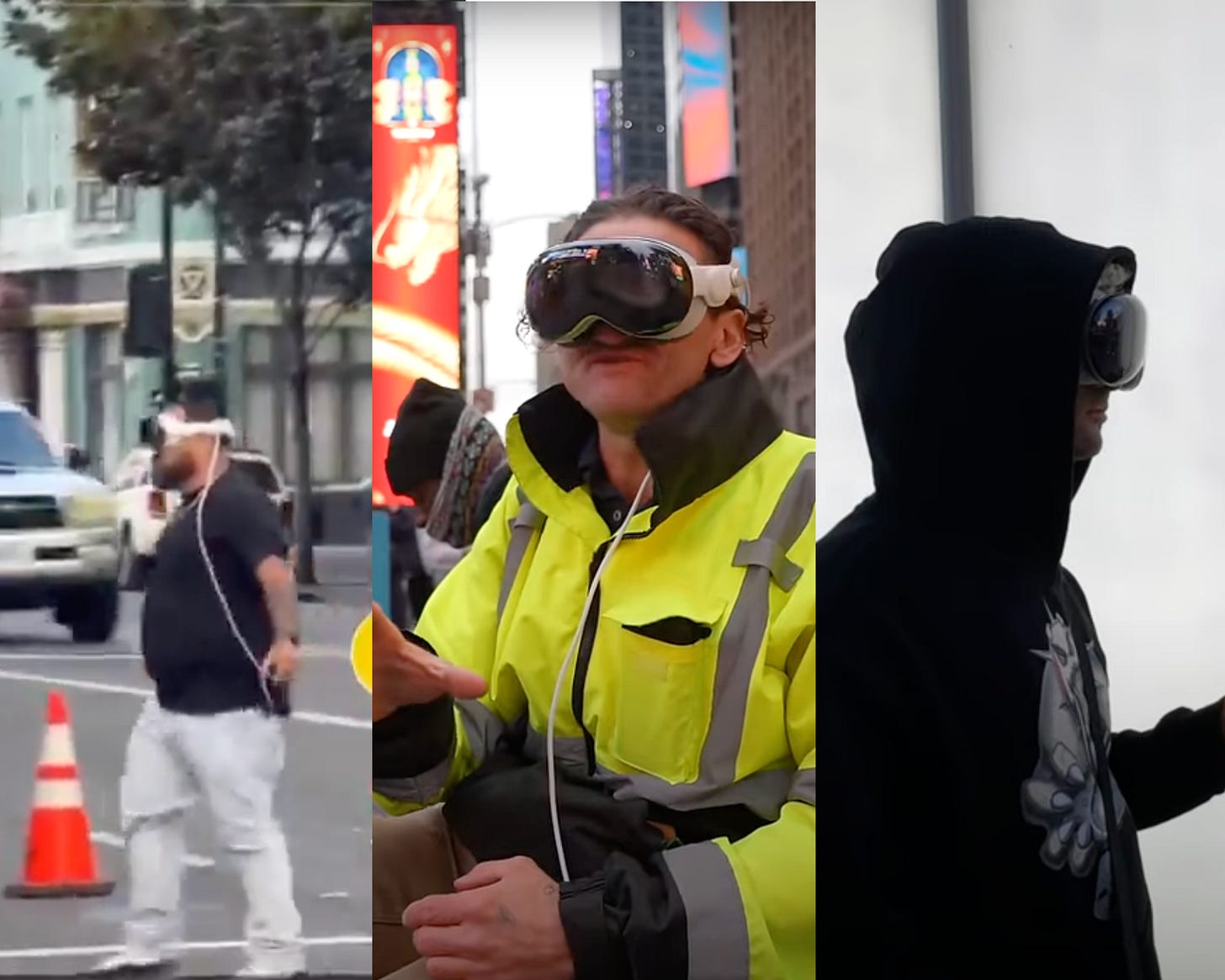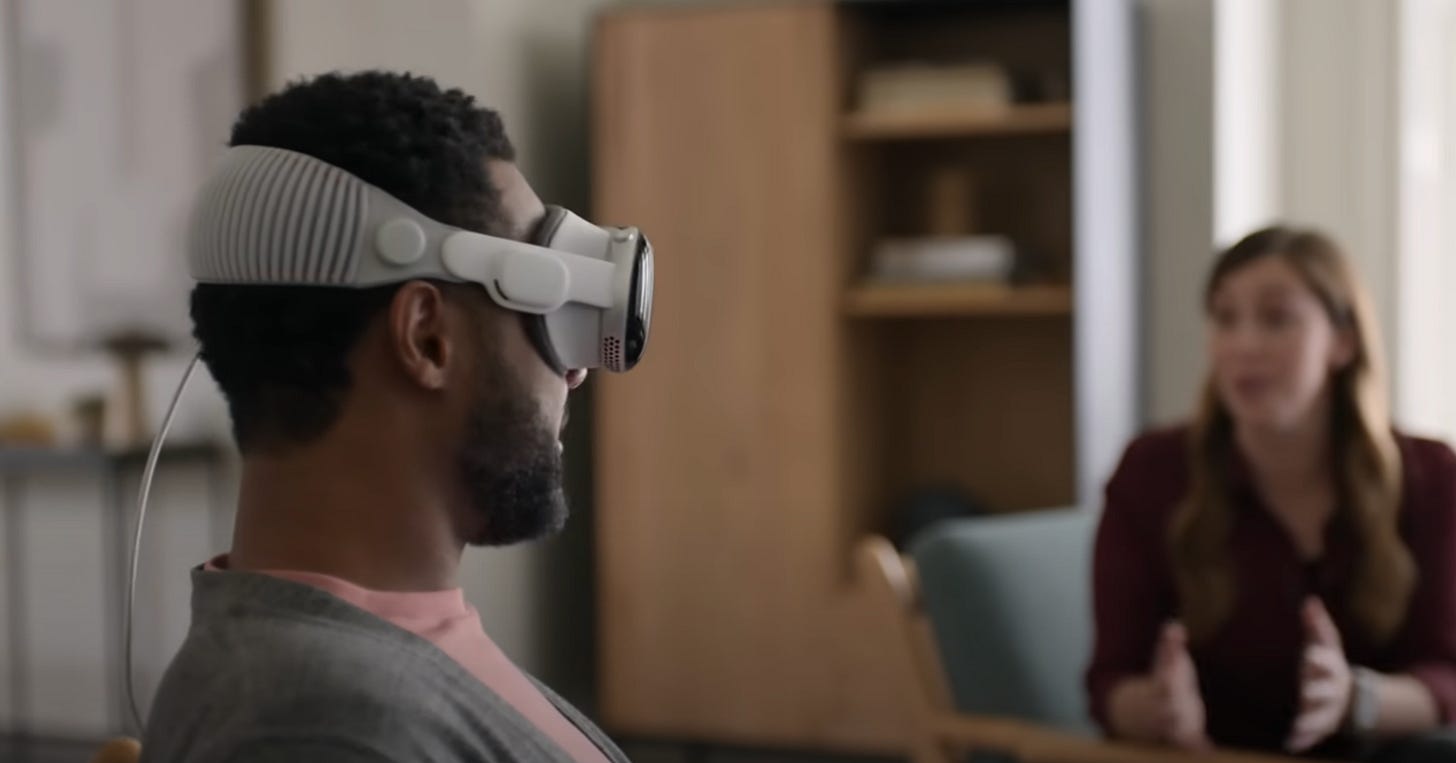#13 What The Heck is Spatial Computing?
From the perspective of 4 Pillars - Users, Products, Tech, and Business
Introduction
In your entire life until now, you have 2 worlds.
Physical World: You have spent time so far in real world, being physically present, it might be having a coffee with your friends, having dinner time talk with your family and may be playing a game outside.
Digital World: Chatting on Instagram, WhatsApp, joining on Zoom to discuss with your co-workers or may be even, posting birthday pictures, likes comments etc..,
Now, what the heck is Spatial Computing?
My definition is you are experiencing 3rd world — Spatial World.
It’s about bridging both physical and digital worlds and being in both at same time.
Did you hear this before?
How about a 3D? — 3 Dimensional?
“Spatial Computing is a 3D Computer”
I rest my case! 🙌
Is that all? Yes and No!
If you take any advancement in this world, it’s defined by 4 pillars — Users, Products, Technology, and Business. Now, let’s dive into each of these to see whether this 3rd world makes sense. (at least now)
1️⃣ The Users:
100% User experience is going to be amazing 🤩 because this whole “Spatial Computing” is started by Apple. It’s known for creating the best user experiences.
Example One: If you want to buy a car, you can check the website, watch some YouTube videos. But now with “Spatial World”, you can actually sit inside the vehicle without visiting the location physically. How about the experience you get now? This changes your decisions a lot.
Example Two: Media experience — Videos, Photos plays the biggest transformation, you could watch your memories as if you are re-living them.
User experience is the biggest factor that people care about for every minor purchase of online or physical products — groceries, subscriptions, deliveries.
Apart from User Experience, think about how it helps you?
I couldn’t think of any, at least for now.
Although Spatial World is all about being in physical and digital worlds at same time, how seamless it could be? (+1 for the Apple as they are aware of this.)
The more seamless experience of real world conversations happens while you are in Spatial World — that’s the best user experience people could get, not just you but people around you.
2️⃣ The Products
Why are we even talking about this now and not at the time of VR, AR, XR happened from Meta, Samsung or even other companies?
Because it’s the “Apple” in this game now. Apple has always been a perfectionist and takes time to give the value by creating the best user experience.
VisionOS has already onboarded multiple apps and developers to build their own products/apps for Spatial World. This changes everything starting with:
Product Development — The typical product life cycle changes and new perspectives, use cases and tech stack like “Computer Vision” rises.
Immersive Products — The first feature that people might start asking is whether your product has an immersive experience — available in Spatial World?
However, I’m curious to see how this experience could impact the usage of mobile and laptop screens time as people could start having meetings and work from the spatial world.
3️⃣ The Technology
The capabilities of hardware and software collaboration requires a high amount of investment as we move forward and closer to this world.
It’s not only about the investment, imagine the skill set that companies start looking for to build and optimize this experience with their product.
Apple has introduced “Vision OS” — the first ever Spatial Computing Operating System.
Not only Apple, Rokid recently launched a dedicated AR studio spatial computing platform. This allows users to create more advanced spatial experiences for the augmented reality landscape, with hand gesture recognition and spatial audio.
Leading cloud platforms, including AWS and Microsoft, deliver spatial computing capabilities through tools like Amazon Sumerian for crafting 3D environments.
Additionally, Azure's Mixed Reality toolkit enhances user experiences with features for high-quality remote visualization, precise spatial mapping, and stable object placement.
In my opinion, these are the top 5 applications that has the potential to disrupt with the Spatial Computing:
Gaming and Entertainment
Healthcare
Manufacturing
Meetings & Communication
Retail
4️⃣ The Business
The global spatial computing market was valued at USD 97.9 billion in 2023 and is anticipated to grow at a CAGR of 23.4% between 2023 and 2028.
And with a projected value of $544.6 billion by 2032, Spatial Computing market is growing.
These are the stats and even NFT, Blockchain had these stats, what happened to them? (I don’t know).
But I want to touch on “Metaverse” — what went wrong is “Vision” of this space, people want to keep both worlds - physical and digital. Metaverse positioned and portrayed as completely switching to “Meta World” - digital world and that’s where many things went wrong.
However, Meta (formerly Facebook) has realized this and altered their path by introducing “Meta Lens” in association with Ray-Ban.
Enough of business and companies, because I’m always curious about how people experience these and what are the real problems it could solve.
5️⃣ The Problems (Bonus 🌟)
If you have been reading my newsletter, one thing I’m always focused and curious about is “problems”, what actual problems this Spatial Computing could really really really solve?
Healthcare: Enables doctors to view patients' medical imaging scans via headsets during surgeries, as well as help patients with physical or cognitive impairments to regain their abilities.
Science & Engineering: Students can build virtual prototypes of machines or conduct experiments with 5x speed because of better visibility on components.
Conclusion
As of the day this letter is published, I believe:
When iPhone was introduced, people bought it for larger screen with Internet + Mail + Maps in One device — what’s that USP in Spatial Computing device?
Apple’s Vision Pro is the least of Spatial products that the company is going to bring in future.
When a Ray-Ban + VisionOS happens (no headsets and just eye-glasses 👓) — that’s where we actually step into future and I do not see mobiles or laptops in that future. (still the experience of bridging both worlds is always important)
Because of this intuitive experience, how could people realize that they took-off the headset? — I have seen people mentioning that they feel like tapping their fingers — even when they are not in Spatial World anymore. 🫣
I strong believe every product must solve a problem or simplify people’s life — if a product doesn’t do any one of these, it’s just an add-on.
Thank you for reading my newsletter! I'd love to hear your thoughts, so feel free to share them in the comments. If you found this content valuable, please consider sharing it with your friends who might also find it interesting.






